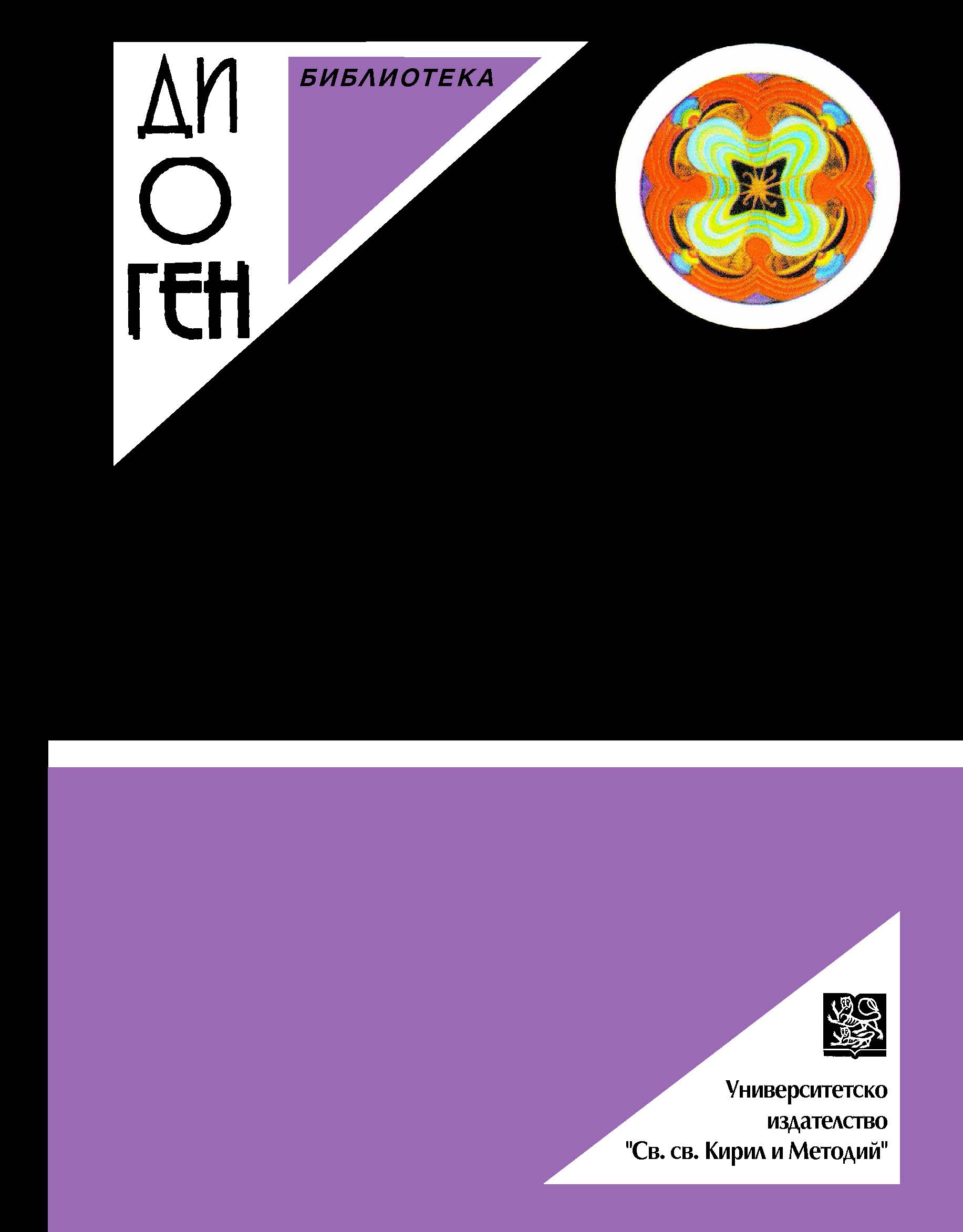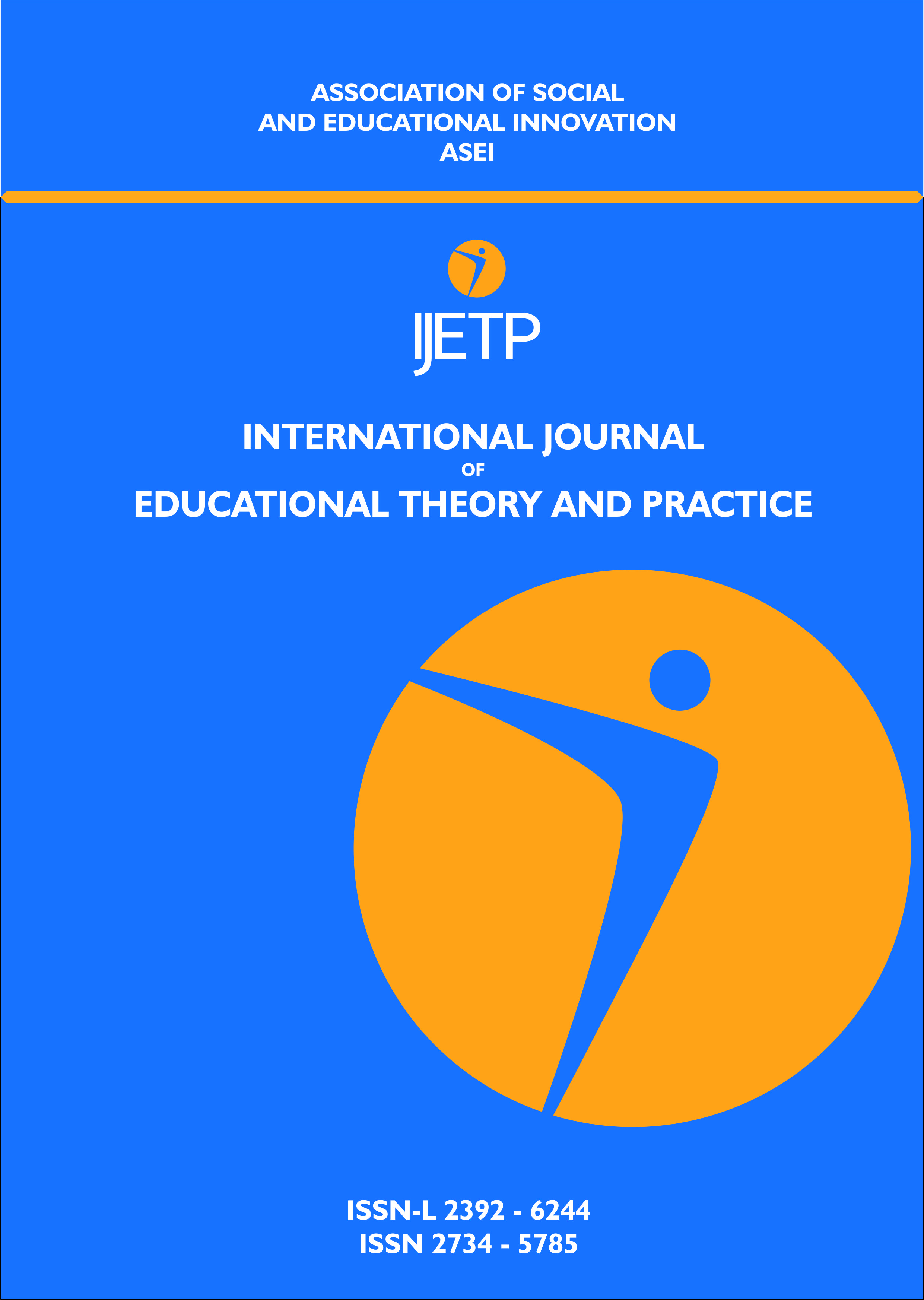Author(s): Flavia-Elena Ciurbea,Marco Cavanna,Cornelia Rada / Language(s): English
Issue: 11/2021
Objectives. The gangs came to the attention of the authorities because of the criminal nature of some of them. To understand which are the appropriate measures to prevent and reduce gang delinquency, this paper aimed at identifying the predictors of adolescents' belonging to such groups. Material and methods. Relevant articles published between 2010 and 2020, were searched in three access platforms to the scientific literature. The papers based on the quantitative analysis of the data, which evaluated the predictors of the involvement of adolescents aged 14-21 in gangs, were preserved. Results. Resulting in 33 significant articles, with samples between 75-26232 participants, 11 studies had a longitudinal design, the rest being cross-sectional. Most studies were conducted in the USA, and the rest in European, American, African, and Asian countries. Three categories of predictors were distinguished: familial factors (e.g. deficient parenting, domestic violence), personal factors (e.g. trauma history, low level of self-control), social and economic factors (e.g. criminogenic neighborhood, material and financial instability). The most common predictor was the criminogenic neighborhood, identified by 16 studies. There were also highlighted gender differences regarding gang membership, adolescent boys being more likely to be gang members. Conclusions. This systematic review highlighted that the main factors that can compete to adolescent gang involvement are: criminogenic social environment, low level of self-control, dysfunctional family-educational environment, and low socioeconomic level. As research has shown that many of these can be risk factors for violence, it is necessary to develop coping strategies and heal traumas to prevent the formation and maintenance of the antisocial identity of adolescent gangs.
More...
















